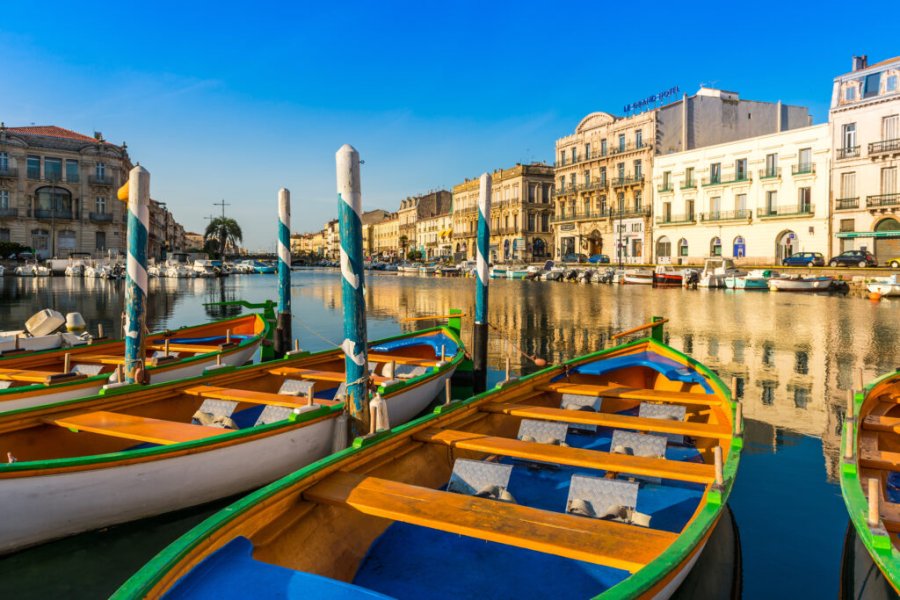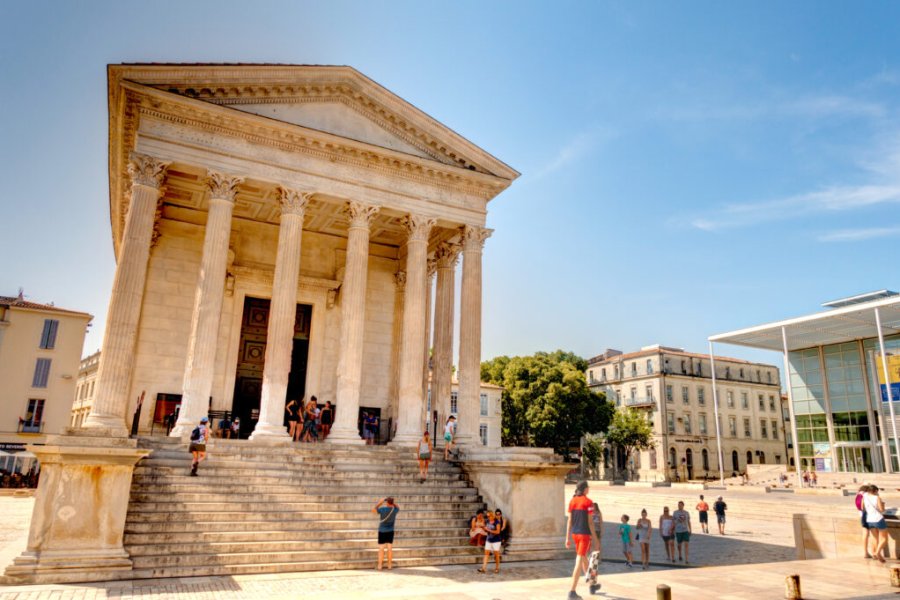



Stay : 5-day, 4-night cruise on Lake Nasser in Dahabieh
Summary of the stay
Possible departure at these times
How to get there?
SAÏ CROISIÈRE
5 days
From 1500 € / person
Detail of the stay : 5-day, 4-night cruise on Lake Nasser in Dahabieh - 5 days
Day 1: Boarding and discovery of the Kalabsha and Beit el Wali temples
Steps: Assouan, New Kalabcha, Réserve NaturElle De Saluga El-Ghazal
Boarding the SAÏ. We begin our tour of the temples rescued from the waters of the Nile by visiting Kalabsha and Beit el Wali.
This temple, once located in the village of Kalabsha, is known as Mandoulis and dates back to Roman times.
Beit El Wali, meaning the house of the Saint, was dug out of the mountain in the time of Ramses II and comprises two chambers, the sanctuary and its vestibule.
Return on board for lunch.
Sail south for a cruise off the beaten track, offering moments of rest, calm and serenity. We pass the original site of the Kalabsha temple, which still bears the name of the Nubian village it once belonged to before the waters rose. Departure for Khour El Ghazal, where we spend the night in the Khour El Ghazal cove.
Dinner on board.
Day 2: Garf Hussein - Wadi el Seboua - Pakka - Meharraaa
Steps: New Seboua
Breakfast on board. Sailing to Wadi El Seboua Arrival at Wadi El Seboua for a walk and discovery of the Nubian desert. Here we can admire the different groups of birds around the small lagoons.
We'll discover the temples of Dakka, Wadi El Seboua and Meharraqa, with sculptures and colors unique in their beauty and finesse. The temple of Dakka (the Greek Pselchis) was erected on the same site by the Nubian king Ergamene and Ptolemy II during their co-principate of Lower Nubia in the 3rd century BC. It was further decorated and enlarged by other Ptolemies and by the Roman emperors Augustus and Tiberius.
Built by Ramses II, the Wadi el Seboua temple was dedicated to the gods Amun-Ra, Ra-Horakhty and the deified Ramses II. Access is via an avenue of sphinxes bearing the king's effigy. Unlike Abu-Simbel, which he supervised, here he let the viceroy of Kush, a Nubian province, do his work, as did the viceroy of EI Derr.
Back on board for lunch. Sailing time, about an hour and a half. Stop at the edge of the fine sand dunes of Wadi Al Arab for a walk and relaxation in Wadi El Arab. Departure for Amada. During the sail you can admire the fishermen's dwellings and the green shores of the lake.
Stop before sunset. Dinner and overnight on board.
Day 3: Amada - Pennout - El Derr
Steps: New Amada
We have breakfast. Early in the morning, we may have the opportunity to admire the migratory birds that stop off on the shores of the lake throughout the winter.
Visit to the temples of Amada, El Derr and Penout's tomb.
The Amada temple is well preserved and among the most interesting in Nubia. These foundations belonged to Thutmosis III Amenophis II.
Moving this temple was a technical feat, as it was moved by a single block over a distance of two and a half kilometers. Amada was moved on a purpose-built triple track. The work was carried out by French companies.
El Derr, this temple dates back to the time of Ramses II and was dedicated to the god Amon and served as a church in Coptic times.
Pennout's tomb remains in a good state of preservation and was moved from the Nubian village of Aniba, 40 km south of the present site. It was cut up and transported in blocks.
Return on board for lunch. Sailing to Kasr Ibrim. Arrival at Kasr Ibrim.
Dinner and overnight on board in the area.
Day 4: Kasr Ibrim and the surrounding tombs
Steps: Abou Simbel
Breakfast. Departure for a visit to Kasr Ibrim and the surrounding tombs.
Kasr Ibrim, meaning Ibrim's palace, contains various testimonies from Christian and Muslim times, and was transformed into a fortress in Ottoman times. It is the only site still standing on its original site. Witness to different eras and civilizations, the site has been severely damaged by looting organized by local traffickers and fishermen.
Lunch on board. Navigation resumes, passing through the Masmas region, home to several Nubian villages. We gradually discover the two temples of Abu Simbel, which seem to emerge from the water as we approach - an enchanting sight!
Arrival at our final destination in Abu Simbel.
Possibility of attending the Son et Lumière show in front of the temples (optional) Dinner and overnight on board.
Day 5: Abu Simbel
Steps: Abou Simbel
Breakfast. Departure for a guided tour of the temple of Ramses II and his wife Nefertari, the fairest of the fair.
Carved into the heart of the mountain, the Temple of Ramses II was built in the XHIth century BC to commemorate the victory of King Ramses II at the Battle of Qadesh. The temple was also dedicated to the gods Ptah, Ra and Amun. It took around 20 years to build. Its façade, in pink sandstone, is 30 m high and 40 m wide. It features 4 colossal statues of Ramses II. Other statues, bas-reliefs and friezes can be found on the façade. 150 m from the main temple, Ramses II built a small temple dedicated to the cult of his wife Nefertari and bearing the attributes of the goddess Hathor. The façade of this temple, also built in rock, features six statues: two of Nefertari, flanked by two other statues of Ramses II. Each statue is 10 m high. And their children are at their feet.
You leave the boat for a final departure.
Ideas for holidays and week-end breaks Egypt
-
Find a hotel
-
Car Rental
-
-5% on travel insurance-15% off travel insurance
-
Find a local agency






